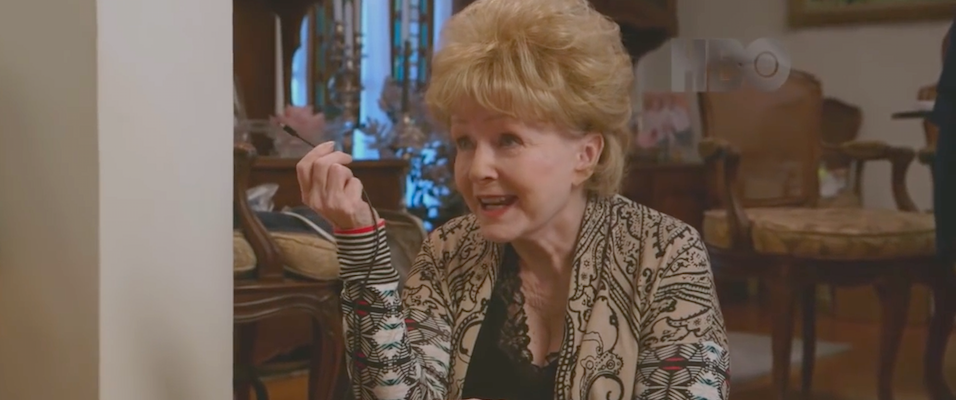Over the last decade, UC Berkeley alum Julie Bloom hopped, pranced and jumped across the tumultuous and unstable journalism landscape—first covering dance and the arts before moving to more news and finally managing to land in her current position at the New York Times as an editor on the National Desk.
She entered the field in the early 2000s, as the Internet was beginning to cast its shadow over the venerable printed word, causing many beloved publications to close and thousands of writers to become underpaid bloggers who suddenly had to be experts in videography, web design, and even marketing—the latter long considered to be anathema to the objective journalist.
“I don’t think anyone anticipated how much journalism would change in the 10 years I was immersed in it. I did come of age when a lot of publications were either shut down, or morphing or changing,” Bloom says. “If nothing else, you just learn to be really adaptable; it’s the only way you can survive, so you just have to be open and flexible. And I think, if nothing else—I’ve learned that just because I had to.”
Even as large numbers of panicked journalists felt their careers crack and move under their feet (and the sky come a’tumblin’ down), Bloom still managed to make a name for herself in the profession, editing for magazines like Jane and Radar before moving onto the New York Times, where she went from web producer to assistant editor to Culture Editor for the International NY Times in 2013. Now she oversees coverage of the West and is editor of California Today, a daily roundup of news that she, Davis-based reporter Mike McPhate and sources (many of whom write in, says Bloom) deem important to California readers. The relatively short news features have covered the housing crisis in San Francisco, homelessness in places like L.A. and San Diego, climate change, infrastructure, and the marijuana initiative on the ballot. They have also covered more whimsical issues facing the state, such as the Bay Area’s best sandwich and the controversy over a ride change at Disneyland. (“You know, kind of fun stuff too,” says Bloom).

Before deciding she wanted to be a journalist, Bloom, who had been focused on performing ballet and tap since she was a little girl, majored in English and dance at Berkeley. While in school, she started writing reviews of Cal Performances for the DailyCal and soon got swept up in it—noting that had it not been for her time at the university, she may never have covered the events she did or considered journalism as a career.
When asked about whether or not she got a proper bang for her buck when she later went to journalism grad school in NY—Bloom says it was valuable because it gave her New York connections, but then added: “Do I think you need [journalism school] to be a journalist? No. I think you just need to get out there and kind of do it.”
After graduating, she walked the beaten path of most young writers, paying her dues through internships (at places like Dance and Talk magazine) and freelancing, getting used to shooting pitches and job applications into the dark.
“You shouldn’t just do something because you think it’s going to help move you up [in journalism], because there are no guarantees that that will actually happen,” Bloom says. “So just make sure you’re doing something that you’re proud of, and interested in, that excites you. I think there’s so much stuff out there that’s actually a lot of noise.”
“It may not seem like the most direct path, but you try it,” Bloom says, recalling that her first “in” with the NY Times was happenstance: She ran into the Arts and Leisure editor at a party, then wound up pitching a story about how The GAP was going to revive their brand through dance-focused commercials. The editor liked it, Bloom started writing for them, and her trajectory was set.
Looking back on her career so far, one of the most important things she’s learned is that journalism can be unpredictable, but one of the things a writer has control over is the quality of the work.
“The commodification of a lot of news is depressing because a lot of people just write the same things over and over again, or they steal other people’s work and just rewrite it, and that’s really disheartening,” Bloom says. “You shouldn’t just do something because you think it’s going to help move you up [in journalism], because there are no guarantees that that will actually happen. So just make sure you’re doing something that you’re proud of, and interested in, that excites you. I think there’s so much stuff out there that’s actually a lot of noise.”
Despite the shaky ground journalism has precariously sat upon in recent years, Bloom says she’s hopeful for the future, due in part to the emergence of financially viable, legitimate digital-first publications—citing Buzzfeed and Quartz as examples.
“I think there are way more publications now than there were, and I think that people understand more than they did before that you have to pay for good journalism, that it’s not free and it shouldn’t be free,” Bloom says. “There are so many more places now that you can write for and make a difference, and have your voice heard…. So that’s a good thing.”




















